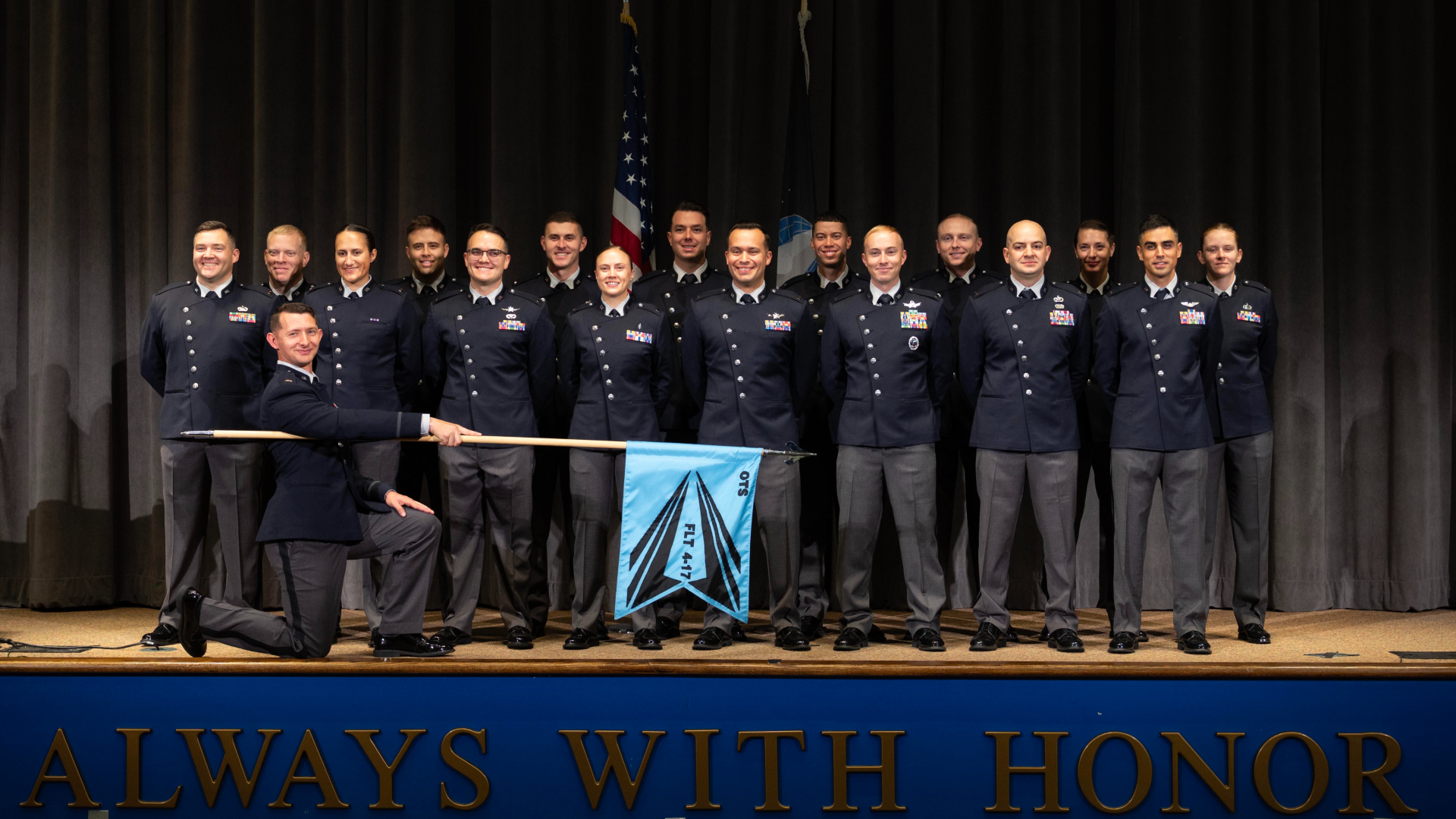Zoom! Asteroid Bennu Slips Past in OSIRIS-REx Flyby View
A spooky new series of photos of the asteroid Bennu show the diamond-shaped space rock approaching the camera and receding into the distance during a trio of flybys by a NASA spacecraft.
The video animation of the asteroid images comes courtesy of NASA's OSIRIS-REx spacecraft, which arrived at the little world on Dec. 3. After flybys such as this one, OSIRIS-REx used the data to enter orbit around the asteroid on Dec. 31.
OSIRIS-REx (Origins, Spectral Interpretation, Resource Identification, Security-Regolith Explorer) has an ambitious goal of scooping up material from Bennu and returning the sample to Earth for analysis. But before the spacecraft can descend to the asteroid's surface, mission planners must look at pictures and data and other information to give the spacecraft the best chance of a safe landing. [The Greatest Asteroid Encounters of All Time!]
Even before that, there was the challenge of getting into orbit.
"During the month of December, the spacecraft performed a preliminary survey of Bennu, conducting three flyovers of the asteroid's north pole and one each of its equator and south pole," OSIRIS-REx researchers said in a statement. "The data gathered during these flybys allowed the mission team to more precisely estimate Bennu's mass so that the spacecraft could go into orbit around the asteroid."
The images were taken by NavCam 1, a black and white imaging system that is one of three cameras in OSIRIS-REx's Touch and Go Camera System. This suite of instruments will be crucial to help the spacecraft with its guidance, navigation and control in the coming months.
OSIRIS-REx's orbital maneuver set a record, as the asteroid is the smallest body ever orbited by a spacecraft. Bennu is only 1,640 feet (500 meters) wide, roughly the length of five U.S. football fields. The spacecraft also performs the closest orbit ever of a small body, achieving a preliminary orbit of 1 mile (1.6 km) from the surface.
Breaking space news, the latest updates on rocket launches, skywatching events and more!
OSIRIS-REx launched in September 2016 with the overarching goal of helping scientists better understand the formation of the early solar system, including carbon-rich asteroids that may have brought water and organic molecules to the Earth's surface and helped spark life. The probe is scheduled for a parachute landing in the Utah desert in September 2023, when it should arrive with a precious load of materials scooped up from Bennu's surface in mid-2020.
Follow us on Twitter @Spacedotcom and on Facebook. Original article on Space.com.

Elizabeth Howell (she/her), Ph.D., was a staff writer in the spaceflight channel between 2022 and 2024 specializing in Canadian space news. She was contributing writer for Space.com for 10 years from 2012 to 2024. Elizabeth's reporting includes multiple exclusives with the White House, leading world coverage about a lost-and-found space tomato on the International Space Station, witnessing five human spaceflight launches on two continents, flying parabolic, working inside a spacesuit, and participating in a simulated Mars mission. Her latest book, "Why Am I Taller?" (ECW Press, 2022) is co-written with astronaut Dave Williams.

